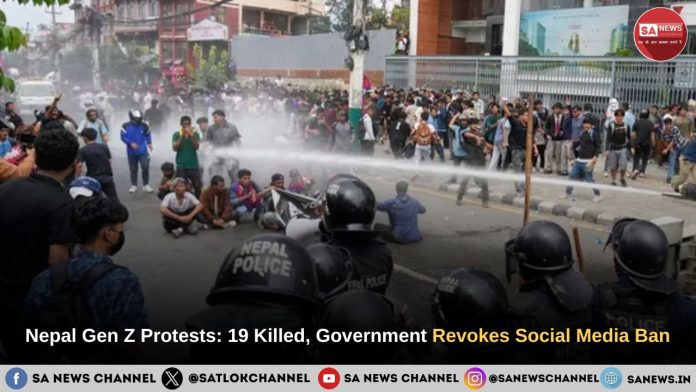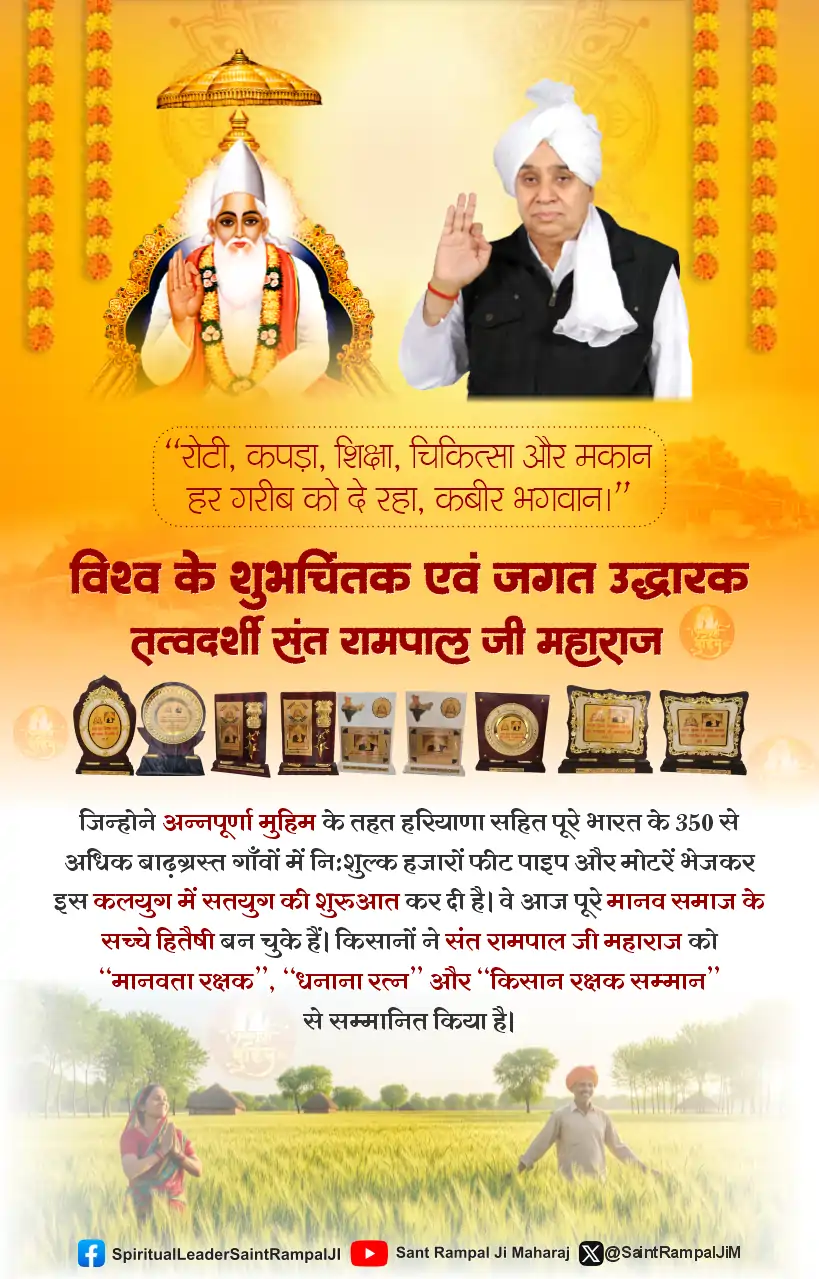Nepal witnessed one of its most intense youth-led movements in recent years after the government announced a ban on 26 social media platforms, including Facebook, Instagram, YouTube, and X (formerly Twitter). The move sparked outrage across the country, with thousands of young people mostly under the age of 26, termed Gen Z taking to the streets of Kathmandu and other towns.
What began as peaceful demonstrations quickly escalated into violent clashes as protesters stormed towards the Parliament in New Baneshwor, demanding the immediate lifting of the ban and action against corruption.
19 Dead in Clashes, Curfew Imposed
The demonstrations quickly got out of hand. To disperse crowds, security personnel used rubber bullets, water cannons, tear gas, and even warning shots. In his hometown of Damak, protesters threw stones at police officers and even at Prime Minister KP Sharma Oli’s home. More than 100 people were hurt and at least 19 people died in the fighting; some estimates put the death toll at over 400. The wounded were taken to many hospitals in Kathmandu. The Kathmandu District Administration responded by enforcing an indefinite curfew in a number of critical locations, such as the presidential palace, government secretariat, and parliament. Other towns including Butwal, Bhairahawa, Itahari, and Damak also had curfews in place.
Why the Government Imposed the Ban
Officials defended the controversial ban, claiming it was necessary to curb hate speech, fake news, online fraud, and misuse of fake social media IDs. According to the government, unregulated platforms had been used to spread misinformation and encourage crimes.
However, protesters viewed the move as authoritarian and undemocratic. Many youths carried placards reading:
- “Shut down corruption, not social media”
- “Enough is enough”
- “Unban social media”
The slogans highlighted that the anger was not just about social media restrictions, but also about deep-rooted corruption and lack of accountability.
Resignation of Home Minister
The scale of the unrest led to significant political fallout. Nepal’s Home Minister Ramesh Lekhak resigned late Monday night, accepting moral responsibility for the violence. He tendered his resignation during a cabinet meeting chaired by Prime Minister KP Sharma Oli.
Meanwhile, Communications and Information Minister Prithvi Subba Gurung announced after an emergency cabinet meeting that the government had decided to lift the ban on social media “to address the demands of Gen Z.”
Border Security Heightened
The unrest in Kathmandu also raised concerns in neighboring India. The 1,751-km India-Nepal border was placed on high alert, with the Sashastra Seema Bal (SSB) increasing vigilance to prevent any cross-border spillover of violence. Indian authorities also issued an advisory urging Indian nationals residing in Nepal to exercise caution and follow local guidelines during the curfew.
Youth Anger Fueled by Corruption
Beyond the social media ban, protesters voiced strong frustration over corruption and nepotism. A growing “nepo kid” campaign on Nepali social media had already been drawing attention to the lavish lifestyles of politicians’ children, who many allege are benefiting from corrupt practices.
Also Read: Search for Survivors in Nepal Earthquake Proves Challenging, Impact Spreads to Delhi-NCR Region
Young protesters insisted that their real fight was for transparency and good governance. One participant, Sabana Budathoki, told the BBC that “the social media ban was just the reason we gathered. The real issue is corruption. We want our country back.”
Scale and Spread of Protests
The demonstrations were not limited to Kathmandu. Cities such as Bhairahawa, Butwal, Damak, and Itahari also witnessed large crowds of young protesters. Reports suggest that organizers used social media networks, ironically the very platforms being banned to coordinate routes, safety measures, and rallying points.
The protests were marked by the sheer energy of young people and their use of social media to stay connected. Many protesters, dressed in school and college uniforms, waved national flags as they marched towards Parliament, signaling both patriotism and defiance.
Government Response and Relief Measures
Prime Minister KP Sharma Oli said he was “deeply saddened” by the loss of lives, blaming “infiltration by various vested interest groups” for escalating the violence. He also announced that the government would set up an investigation panel, provide free medical treatment to the injured, and extend financial relief to the families of victims.
The Voice of a Generation: What the Nepal Protests Mean
The Gen Z protests in Nepal have rattled the political establishment, showing clearly that the voices of young people can no longer be sidelined. The tragic loss of 19 lives and injuries of hundreds underscore the high cost of suppressing dissent. By revoking the social media ban, the government has taken a step back, but the movement has already revealed a deeper crisis of trust between citizens and leaders. For many youths, the fight is about far more than Facebook or YouTube; it is about demanding integrity, accountability, and a fair chance to build a corruption-free future.
Divine Wisdom in the Age of Technology
The Gen Z protests in Nepal also remind us of the immense role technology plays in today’s world. According to the unique knowledge of Tatvdarshi Saint Rampal Ji Maharaj Ji, the technological advancements we see today are not merely human achievements but the grace of the Supreme God Kabir. The Supreme Being brought technology into our lives so that when the middle generation of the Kalyug era arrives, His children can receive divine knowledge conveniently at home through projectors, phones, and other devices.
It is our duty to use technology responsibly, to access and spread spiritual knowledge, rather than misusing it. By embracing this divine wisdom, humanity can ensure that the tools of today serve a higher purpose.
For more authentic spiritual knowledge and guidance, visit www.jagatgururampalji.org.
FAQs on Nepal Gen Z Protests and Social Media Ban
Q1: Why did the Gen Z protests happen in Nepal?
The protests were triggered by the Nepal government’s ban on 26 social media platforms, including Facebook, Instagram, YouTube, and X. Young citizens, mostly under 26, took to the streets demanding the revocation of the ban and action against corruption.
Q2: How many people were affected during the protests?
At least 19 people were killed, and more than 100 were injured, with some reports citing over 400. Protesters clashed with police while trying to storm the Parliament in Kathmandu.
Q3: What was the government’s reason for banning social media?
Authorities stated that fake IDs were being used to spread hate speech, misinformation, and online fraud. The ban was intended to regulate platforms that were allegedly violating Nepali law.
Q4: What political consequences followed the protests?
Home Minister Ramesh Lekhak resigned on moral grounds due to the handling of protests. Following intense pressure, the government revoked the social media ban after an emergency cabinet meeting.
Q5: How did the government respond to the violence and injuries?
The government imposed an indefinite curfew in Kathmandu and other towns, set up an investigation panel, and announced free treatment for the injured along with financial relief for victims’ families.




